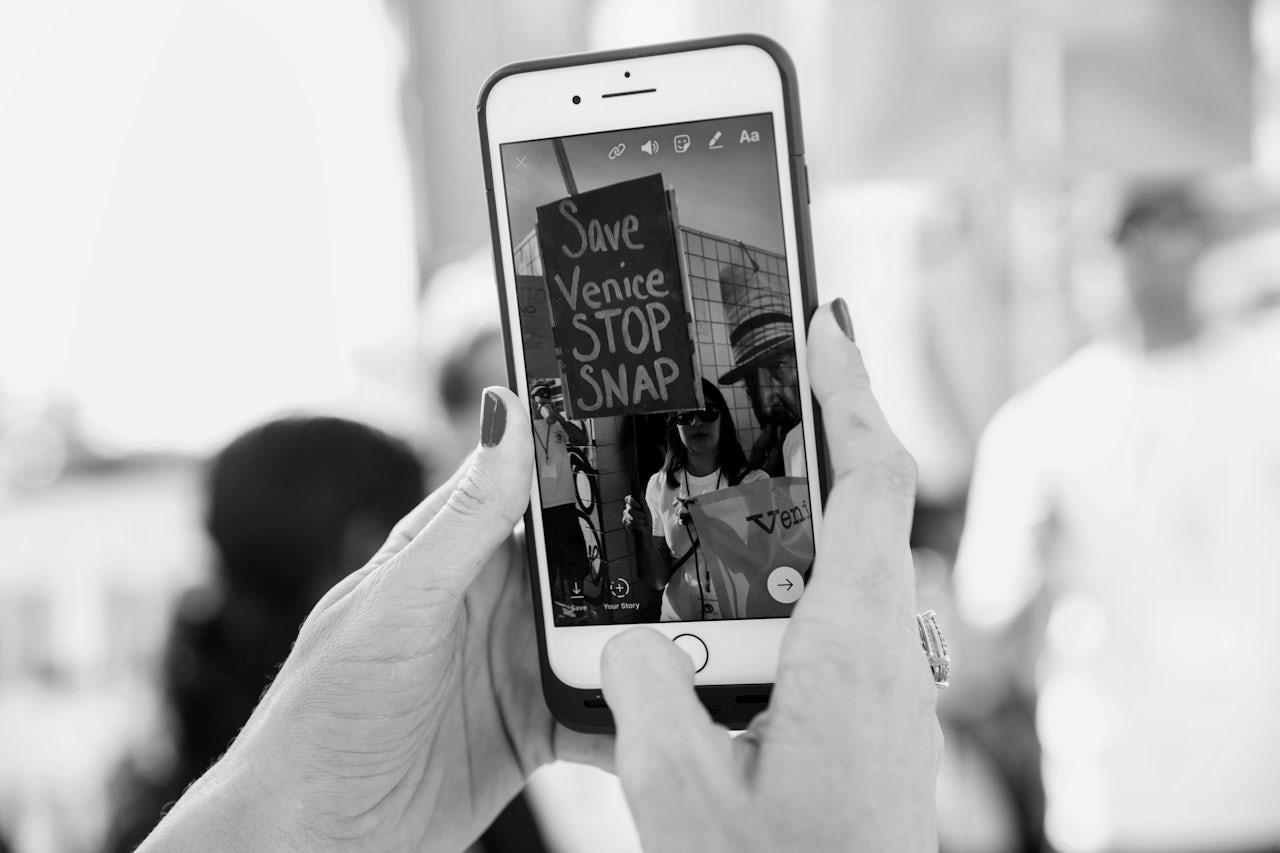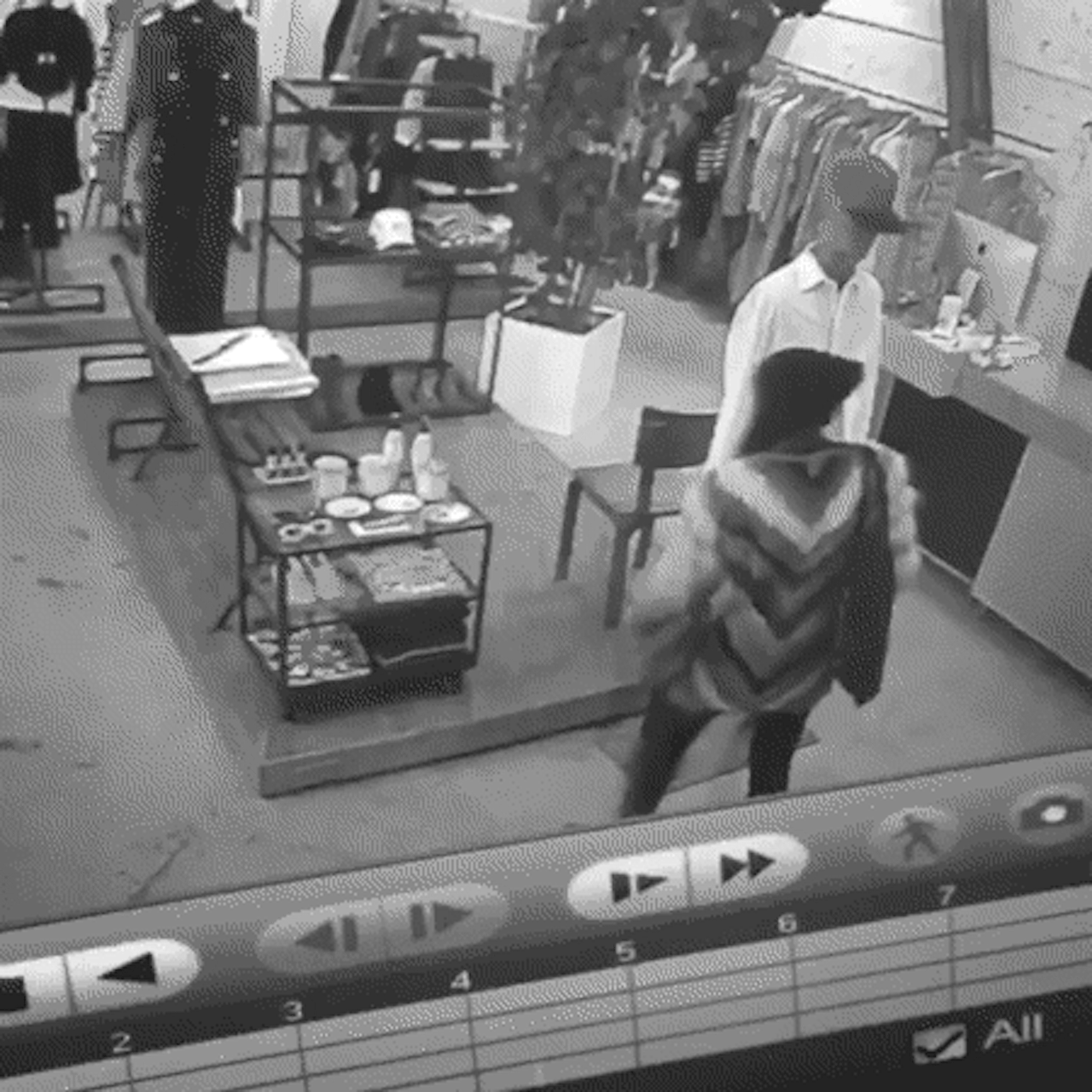On most days, I spend my first waking moments transfixed by my phone. Instead of checking Twitter for updates about the impending apocalypse, or reading texts from the night before, I’m glued to Instagram Stories, watching each individual dispatch from the over 1,500 accounts I follow.
The stories, which play automatically in chronological order, blend seamlessly from one to the next. I go from watching skate clips from Paris, to a Gucci Mane concert in New York, to a beach in Australia where some photographer is on an excursion with a cadre of supermodels, all in one feed. I spend around thirty minutes watching them all the way through, and I can’t explain why.
Instagram Stories launched last August, allowing the app’s 700 million users to post “stories,” or pictures and videos that disappear in 24 hours, to a separate feed on the platform. It also allows users to send disappearing messages to each other directly. Both concepts were pioneered by Snapchat, but Instagram Stories quickly passed Snapchat in popularity. The stories features alone had around 200 million daily users in April, according to Instagram, compared to Snapchat’s 158 million.
Facebook-owned Instagram may have stolen Snapchat’s ideas, but it differentiated itself by making it easier to find friends and allowing for more intuitive navigation. The fact that it has a much larger built-in user base also helped make Instagram Stories stickier than Snapchat. It’s likely that most people already follow enough accounts on Instagram for them to see new stories every time they open the app — and I’m not the only one who finds it addictive.
“I think it’s the endless content thing,” my roommate, who admits to occasionally spending more than 20 minutes at a time in a hole of Instagram stories, told me in a text message. Another friend told me via text that he finds stories “addictive and way easier to fuck around with.” He compared Stories to the main Instagram feed, where people post manicured photos and videos that do not expire, and where he feels the pressure to impress is higher. “I rarely comment on actual posts, but I’ll send messages to people using Stories,” he said.
And then there are those little rainbow-rimmed circles that reside at the top of the Instagram feed. Each one represents an unwatched story, and it’s incredibly satisfying to complete all of them. A marvel of user experience design, Instagram Stories is, as a co-worker put it in Slack, “very sticky. VERY." My girlfriend, whose job involves making videos for social media platforms, said in a Gchat, "I find Stories addictive for sure — I probably spend double the time on Instagram since it came out.”
Unlike Snapchat, which launched with ephemerality in mind, Instagram was already home to a vibrant culture before the introduction of Stories. While there are plenty of users who treat the app like any social network, tagging friends in funny memes and sharing photos of their lunch, there’s a robust ecosystem of people using Instagram to flaunt, flirt, and network. The rapper Yo Gotti even wrote an ode to sliding into DMs last year, and Kendrick Lamar espoused the app’s personal branding potential on Kanye’s “No More Parties in L.A.” When Stories arrived, its usefulness in this context was clear: this was yet another way to flex on Instagram. Now you can see exactly who is looking at your pictures and, as of earlier this week, add face filters not unlike the skin-lightening filters of Snapchat.
Instagram’s status as the go-to app for photographers, models, celebrities, and “influencers” means that it’s managed to tap into broader tendencies in culture. Watching the endless stories feed, you can experience a few brief moments of your friend’s night out, before flipping to a mansion inhabited by the likes of Kendall Jenner or Selena Gomez, observing a few seconds of the extravagance of celebrity life. From there you can switch to a front row seat at a far-off gala or fashion show courtesy of that one friend who gets invited to amazing events. You can gaze into the life of a crush or an idol — all in one continuous feed. Last November, Instagram introduced a live video feature to Stories as well, which makes it feel like you’re tuning into a worldwide livestream. There are even ads.
“I probably spend double the time on Instagram since it came out.”
The projected glamour on Instagram affects what many of its users expect when they open the app, and Stories makes that more intimate. Now we can present and consume idealized versions of our internal lives in a feed with what feels like the entire world. Instagram Stories, which are by default public, could be seen as an overwhelming and bizarre mosaic made up of moments from 200 million (and counting) people’s daily lives. A perfect storm of social features working in concert.
And it can all feel quite dystopian. In the 2002 young adult novel Feed by M.T Anderson, most of society has an implanted brain chip that constantly serves them what amounts to a feed of MTV and CNN, complete with corporate infiltration of dreams, and ads targeted at people’s deepest thoughts and insecurities. Staring at my phone in the mornings, skimming through videos of people I don’t know, I often wonder if I’d even recognize the moment our technology took a turn for the dystopian, or if it already has.

